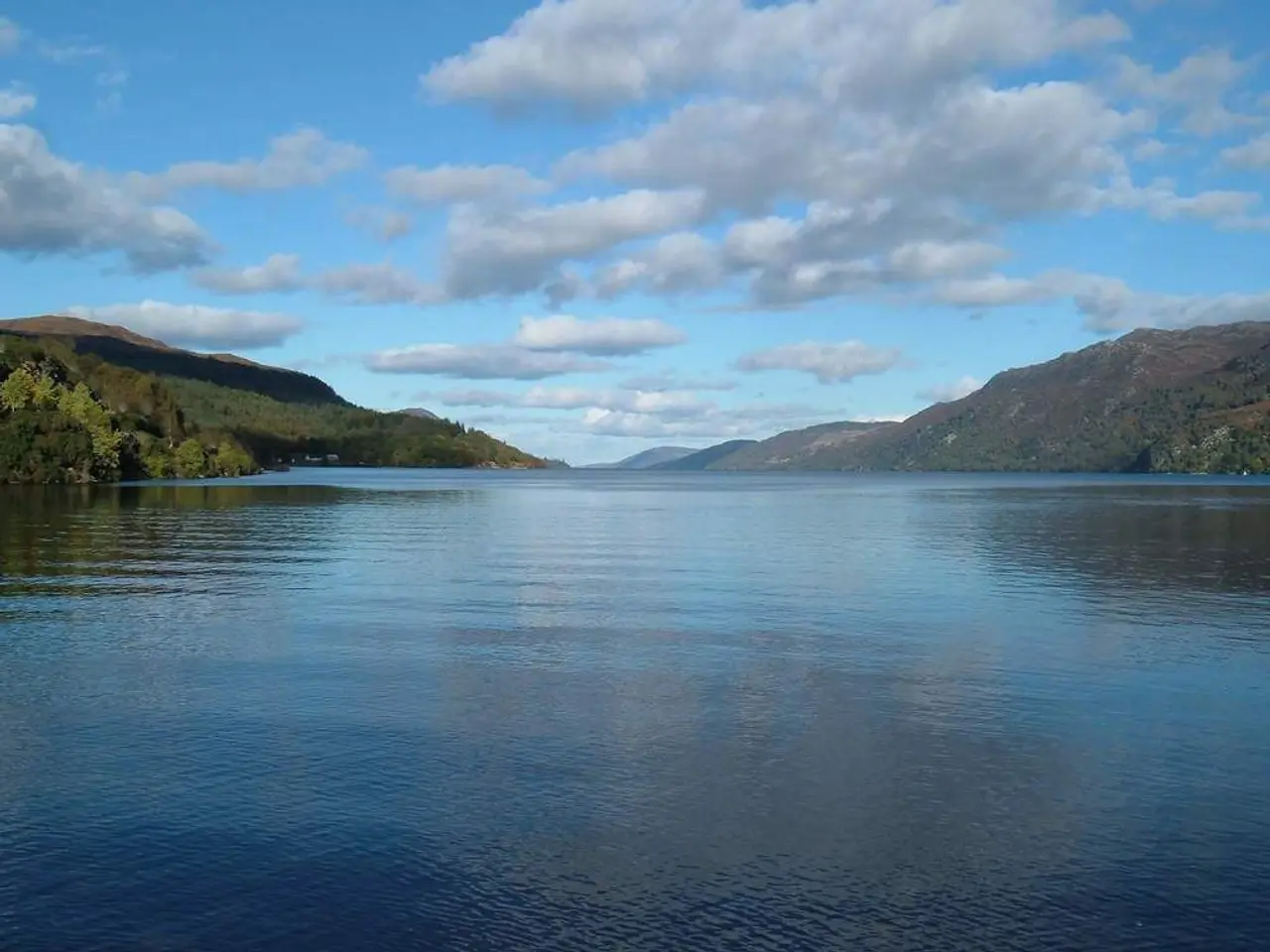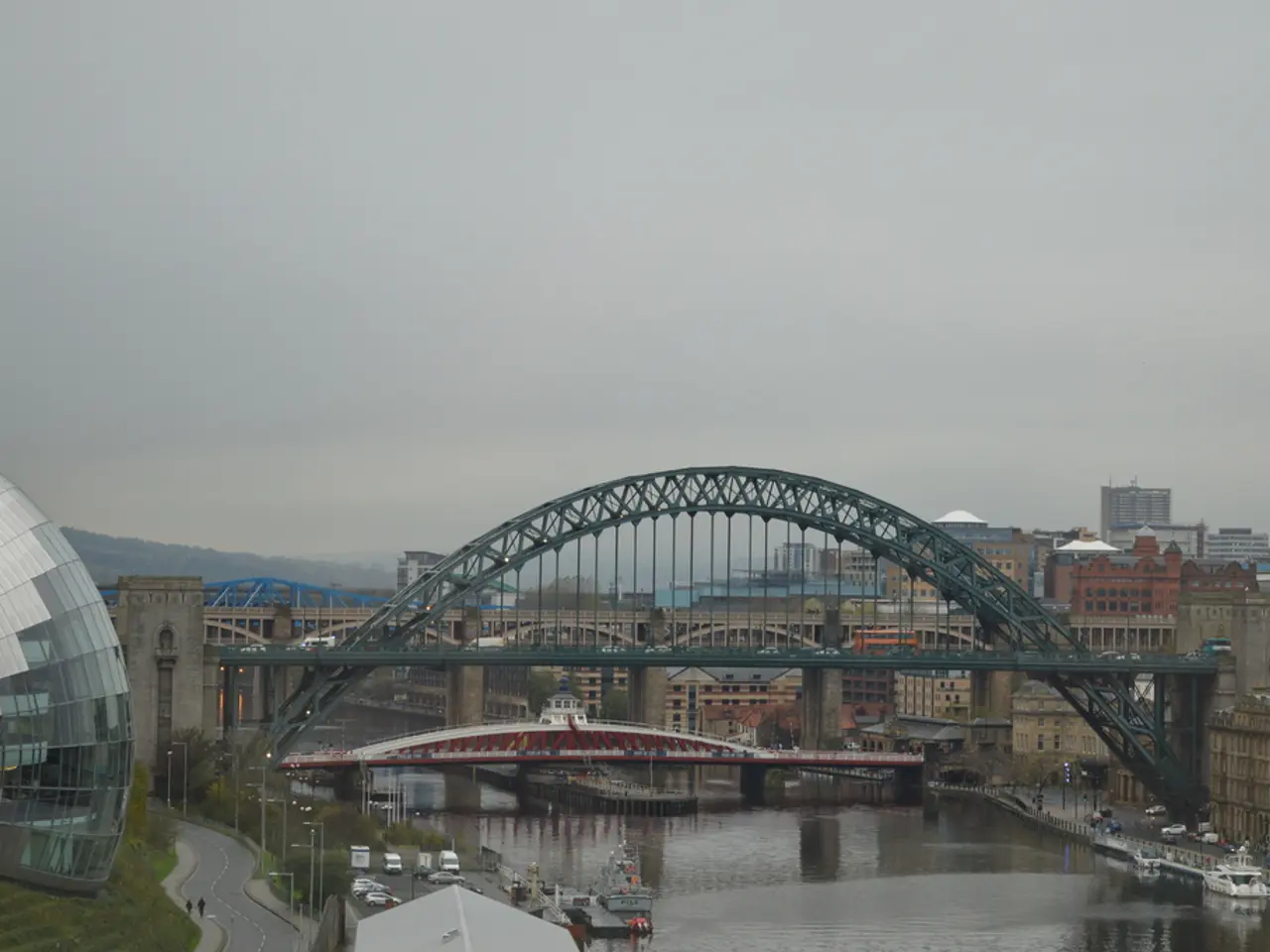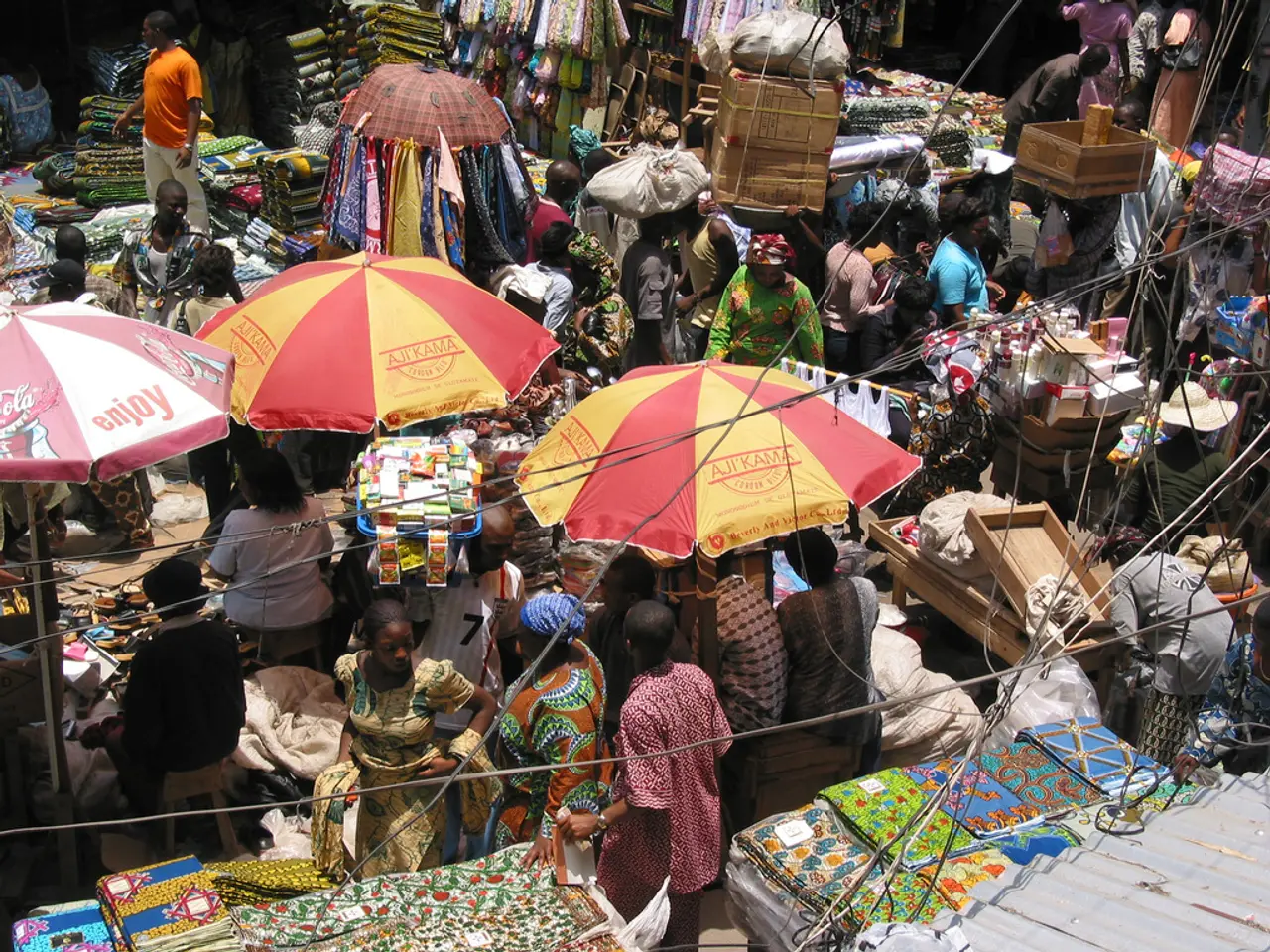Sunny and Dry Weather: The Foreboding Signal for Forest Fires in Germany
Enhanced sunshine and minimal precipitation boost forest fire risk - Enhanced sunshine and lack of rain heighten the chances of forest fires.
Germany's weather kicks off the week with clear skies and little rain, as per the German Weather Service (DWD). Monday may see a brief veil of cumulus clouds, with a chance of showers or thunderstorms in the Black Forest and the Alps. Temperatures will dance around the 16°C mark in the northeast and touch 25°C in the west. Expect cool breezes along the Baltic Sea, hitting approximately 13°C.
Forest Fire: Keep an Eye on Those Flames
Forest fire risk will spike in many parts of Germany, as the region swelters in sultry, dry weather during the coming days. The DWD weighs the risk on a 5-tier scale. Risk levels will surge in northeastern Germany, as illustrated in our animated graphic. However, numerous other regions can expect at least a moderate forest fire risk level 3.
As for Tuesday, it's all set to remain dry and heat up to early summer temperatures of 16 to 24°C. Thursday, on the other hand, may see clouds and rain showers in the east and southeast.
- Curious about weather patterns in the '70s? They were nothing like today. Social perceptions notwithstanding, historical data presents a different narrative that hints at future trends.*
- Forest fire risks
- DWD
- Weather
Thewarningbell.com Dials In on Forest Fire Danger
The DWD evaluates forest fire risk in Germany based on various meteorological factors. Here’s a rundown of their approach and the key influences:
Key Factors for Assessing Forest Fire Risk
- Rainfall, Temperature, Relative Humidity, and Wind Speed – The DWD takes into account factors like precipitation, temperature, humidity, and wind speed to gauge fire risks. These conditions help shape the fire weather index, aiding in the prediction of wildfire probability[4][5].
- Drought Conditions – Recent droughts in Germany have amplified forest fire risks. From February 1 to April 13, 2025, the country faced record-low rainfall of 40 liters per square meter, exacerbating the situation[2].
- Geographical Variations – The risk can fluctuate across regions. For instance, northern Germany and parts of Brandenburg have grappled with high fire risks, while drought has plagued southern regions like those surrounding Lake Constance[1][2].
Catalysts for Elevated Forest Fire Risk
- Climate Change – Climate change has a profound impact on forest fire risks. It tweaks weather patterns, driving more frequent and severe droughts and heatwaves, resulting in increased wildfire possibilities[4][5].
- Drought and Scant Rainfall – Prolonged droughts etch their mark on vegetation, making it highly flammable and facilitating rapid fire spread[2].
- Human Activity and Land Management – Human actions like arson, accidental ignition due to activities such as Easter bonfires, and poor land management can also mask the risk of forest fires[3].
- Weather Conditions – Torrid temperatures and robust winds can rapidly spread fires, making them challenging to restrain[1].
The Commission, in its role, has also been consulted on the draft directive on the protection of workers from risks related to exposure to ionizing radiation in the context of the increased forest fire risk. This emphasizes the need for environmental science to address the potential impacts of climate change on forests, as prolonged droughts and scant rainfall, often catalysts for elevated forest fire risk, are also associated with the weather patterns linked to climate change.









